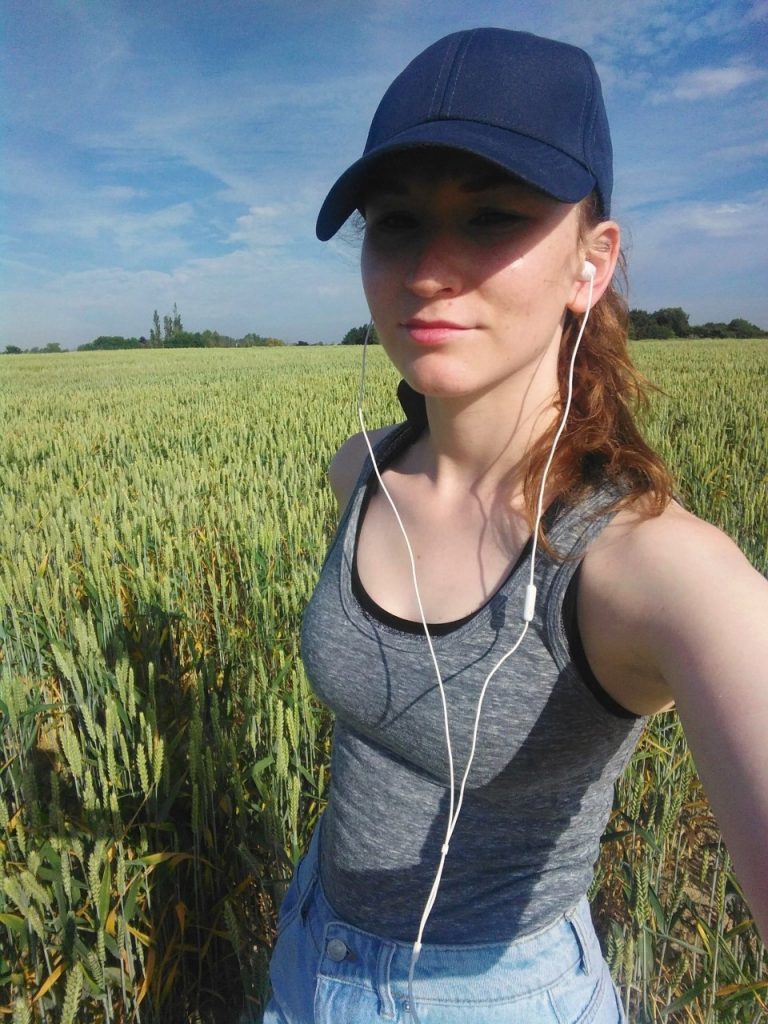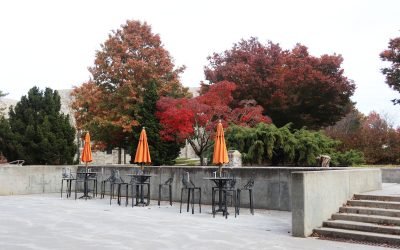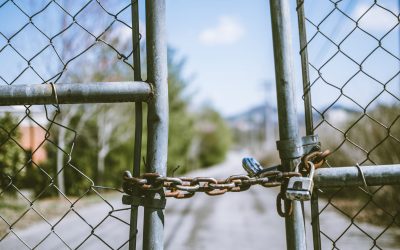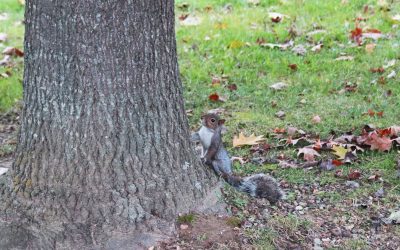
In the summer preceding the official September start to my MSc in Agribiosciences, I was given the opportunity to take over the work of a post-doctoral researcher who had recently moved from the PAB department in NUI Galway to a lab the Netherlands. To my advantage, this work – aimed at reducing Nitrogen application on wheat – would eventually become part of my own MSc research project, allowing me to get a head-start on the work ahead.
My research was to begin with sampling seeds and flag leaves from several wheat varieties which had been grown in different Nitrogen treatments in a field trial at Teagasc in Oak Park, Carlow. These samples would be sent to NUI Galway for RNA extraction in order to assess which genes are up-regulated when suboptimal Nitrogen is available. The set-up of the plot was straight-forward; six varieties of wheat, each grown under low and optimal Nitrogen. In order to repeat the sampling process of the previous year’s trial, the samples were to be taken at 11, 18, and 24 days after anthesis (flowering).
In June of 2018, Ireland was suffering an unusual period of drought and high temperatures. This, of course, affected many cereal crops around the country, and our poor wheat plants in Oak Park was no exception. The whole country was splitting stones but I wasn’t prepared for the heat of Sunny South East – or ‘Costa del Carlow’, as I repeatedly joked to anyone who’d listen. This caused the wheat to flower somewhat earlier than the previous year’s crop, which added extra time-sensitivity to the sampling. Another significant set-back was the occurrence of a European-wide shortage of CO2, meaning dry-ice was like gold-dust around Ireland. Dry-ice was needed to preserve seed and flag leaf samples in the field, so that they could be sent to the lab in NUI Galway. Unfortunately, the lack of dry-ice meant I couldn’t sample all three days. The sampling process itself wasn’t too complicated; once I got into a rhythm and had a system in place, I just put in my earphones and the time flew by. Between two trips I got the seed and leaf samples for days 11 and 18, along with an inglorious sunburn and two very scratched up arms from the sharp wheat spikelets.
Anything for science.



